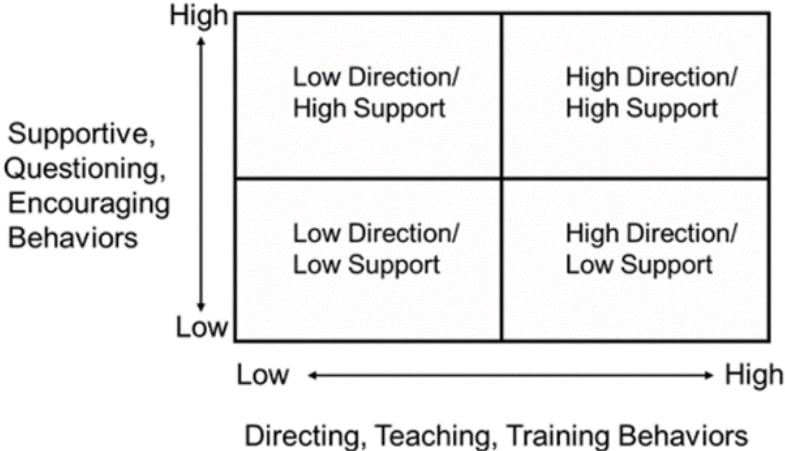
Are you telling or asking?
I tried to answer the question in a previous article.
I wrote then: As a leader and manager, you need to do both – to TELL and to ASK. You also need to know WHEN and HOW to tell and to ask.
Similarly, when developing your people, consider two leadership behaviors that you need to balance.
- Directive Behaviors – such as telling, instructing, giving advice, offering guidance, providing feedback, and making suggestions to manage your people’s performance
- Supportive Behaviors – such as encouraging, questioning, listening process for helping someone to solve their own problems where the responsibility for deciding and taking action on the outcome remains with the person throughout (just like in a coaching leadership style)
Consider also that people you work with come to you with varying degrees of these three qualities: Motivation, Confidence and Competence.
So the key question to ask is:
As a leader, how do you tailor your directive and supportive behaviors to develop high-performing team members, considering the varying degrees of motivation, confidence and competence of every person?
That is where a tailored leadership behaviour will be helpful and impactful. Your approach to working effectively with others can be summarized by looking at a meta-model as below:

If you have a team member who has high confidence and competence but low motivation, which of the quadrants above should you apply as a leader? Should you apply high supportive behaviours and less directive behaviors? Perhaps.
Consider another scenario where your team member has low confidence, high competence and motivation. Which behaviour should you then apply to enhance the confidence and sustain the motivation? The answer may depend on the context or situation.
Bottomline, similar to telling and asking, you need to do both directing and supporting. The key is to know when to direct or support more, and when to do less.
Knowing your team member’s level of motivation, confidence and competence will help you discern, balance and tailor your leadership behaviour mix effectively.
As many studies have shown – the impact on the individual, team and business performance will truly be magical – as a highly engaged and performing team can deliver exceptional business results!
References: Original material by Karl Mulle © 2015 ATD
Related posts:

